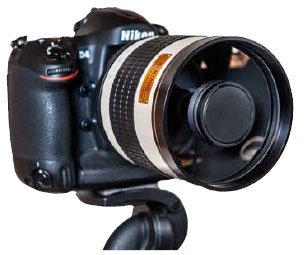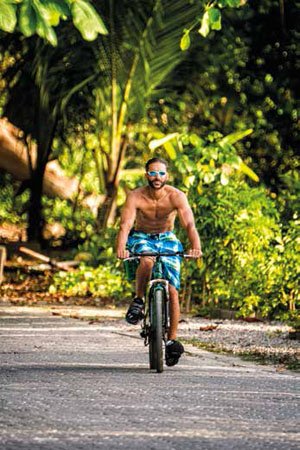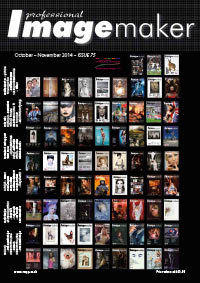articles/Review/samyang-page1
Samyang 800mm Mirror Lens - part 1 of 1 2 3
by Tom Lee Published 01/10/2014

In these days when travel to far off, exotic lands is becoming much more affordable but restrictions by the airlines on the amount of baggage you can take becomes ever more contentious, the choice of equipment we take either on assignment or on holiday, becomes crucial to our overall budgets. Do we opt for low-grade lightweight gear and stay within restrictions, or do we opt for the heavyweight but more quality option that inevitably lands us with additional fees for heavy baggage?
The answer lies with whoever pays the bills, but also in the reason of the need for the equipment in the first place. I explored some of these issues when taking a review lens with me on a recent trip to the Seychelles.

n bright conditions with moderate subject speed and clear air the lens performs reasonably well.
The Lens
Mirror lenses, (or catadioptric lenses as they are collectively known) are not a new phenomenon but are rarely used by professionals. Samyang are one of the few companies that still make them and they are available in two variants, either 500mm or 800mm focal lengths. I opted to push the boat out and test the 800mm version as I already have a 400mm option available to me in my existing kit and this was too close to the 500mm alternative.
The benefits of such a lens are several and include:
• Cost - around £190, well within the cost of an equivalent refractive lens of the same focal length (£9,000-£13,000 for my Nikons), you will of course need a T2 mount, adding around £35.
• Weight - at approximately 0.9k, should keep you well within the airline weight restrictions and won't break your shoulder when carrying it.
• Short physical length - takes up far less room in your kitbag; 160mm long with the T2 mount attached.
• Chromatic aberration is almost non-existent - this is due to the lack of additional glass elements in the design, which contribute to its light weight, smaller size and lower cost.
It's not all rosy, however, as with every benefit there is a downside...
• The secondary mirror (at the front element) obstructs what would be the position of the diaphragm, enabling the user to change depth of field. This results in a fixed aperture of f8, which cannot be changed.
• The requirement of a T mount to attach the lens means that all focussing and electronic metadata transfer is disabled. Manual focussing at this focal length is critical and requires good eyesight and steady hands due to the very short plane of focus.
• The reflective design reduces overall sharpness and contrast making exposure and focussing even more critical, although this can be compensated for in post processing.
You are currently on page 1 Contact Tom Lee
1st Published 01/10/2014
last update 09/12/2022 14:58:43
More Review Articles
There are 27 days to get ready for The Society of Photographers Convention and Trade Show at The Novotel London West, Hammersmith ...
which starts on Wednesday 14th January 2026





